BY THE end of the 1985 season, the NSWRL had flagged the inclusion of a Brisbane team in its competition, with 1987 the target year. PART 4 OF 10
McAuliffe suggested two divisions, with promotion and relegation, and tipped club amalgamations in Sydney and Brisbane.
He told Rugby League Week’s Tony Durkin that a 12-team competition would be ideal.
“It won’t necessarily mean eight from Sydney and four from Brisbane,” he said.
“And it won’t necessarily be one single club.
“The way I see it, there is going to be much ground sharing, and club sharing, in the future.”
In effect, McAuliffe was advocating a “Super League”.
But the idea, first raised by Brisbane Easts legend John Lang in his Courier-Mail column earlier that year, had not been tested in any official forum.
But by the end of the 1985 season, the NSWRL had flagged the inclusion of a Brisbane team in its competition, with 1987 the target year.
Soccer had had a national league as early as 1977, and basketball followed suit in 1979.
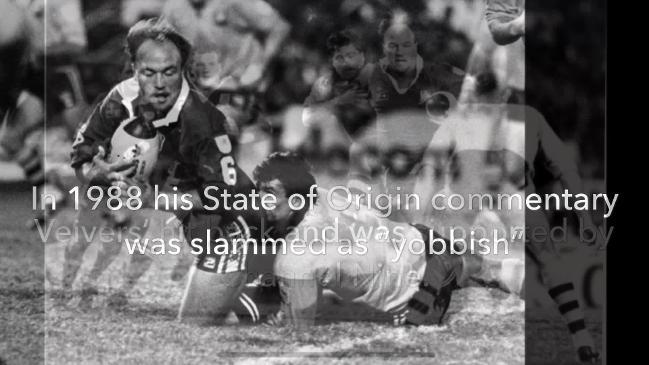
The Reds’ rugby union side was effectively a club outfit, and the Ballymore boffins were teaching rugby league a thing or two about promotion.
The VFL expanded to NSW in 1982, with South Melbourne becoming the Sydney Swans.
Queensland was the next target on the Aussie rules war map, and the Brisbane Bears would have their inaugural season in 1987, playing out of Carrara on the Gold Coast.
Only two BRL clubs had made a profit in 1983, as player payments soared to $1,378,672.
Brisbane treasurer Mike McGinley revealed that one club (without naming it) had lost over $114,000, and had $100,000 owing on player payments.
The financial picture did not look any better in 1984, and was positively dire by the end of 1985.
Many administrators believed the old, established clubs like Norths, Souths and Valleys, should move from their inner-city homes to fast-growing areas, such as Pine Rivers, Sunnybank and Logan City.
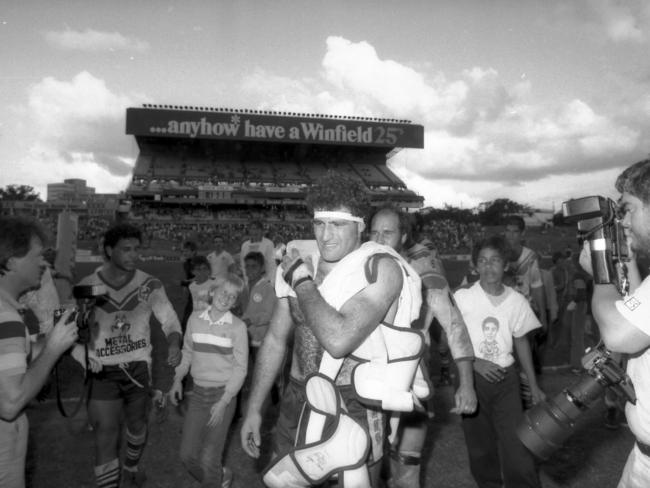
On a positive note, Redcliffe announced in April 1984 that they would build a $1.1 million (first stage) clubhouse and community recreation centre at Dolphin Oval.
The existing leagues club, at Redcliffe Showgrounds, was to be sold.
Brisbane Division also announced that an Ipswich side would be part of the competition in 1986.
McAuliffe said the League had given consideration to corporate involvement in clubs, and Ipswich could be the ideal starting point.
As things transpired, the Broncos would become the code’s first fully franchised club.
The 1985 season started disastrously for Queensland, with Test centre Gene Miles suffering what appeared a season-ending knee injury, at the unlikely setting of the Maclean Showgrounds, in the Clarence Valley of Northern NSW.
Wynnum played a local selection team, with McAuliffe furious that Seagulls’ officials had allowed arguably the best club side in the land, to play on a “cow paddock”.

Without Miles, Combined Brisbane abdicated its National Panasonic Cup throne (beaten 33-16 by Balmain in the quarter finals) and Queensland lost a State of Origin series for the first time, with Wynnum coach Des Morris in charge.
Miles courageously made it back for the Brisbane grand final against Souths, but wasn’t at his best, as the Wayne Bennett-coached Magpies hung on for a gritty 10-8 win.
That grand final was, in Bennett’s own words, “the making” of him as a coach.
After his Souths team was humiliated by Wynnum in the 1984 grand final, Bennett had been forced to eat humble pie, with club officials urging him to beef-up his pack.
He signed “hard heads” Norm Carr, John Elias and Chris Phelan, as well as fiery halfback Wayne Cullen.
“In the beginning, I was always looking for the highly-skilled player, the athletically-gifted bloke who looked good at training, and said all the right things,” Bennett said in an interview published in the 2011 Rugby League Annual.
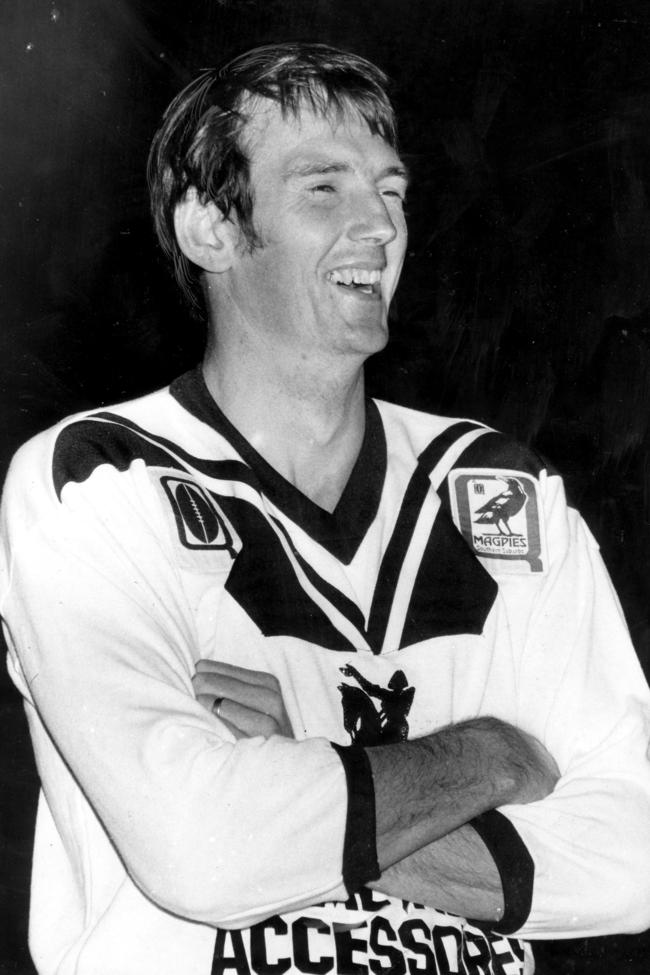
Bennett, who had coached St George Illawarra to the 2010 NRL premiership, admitted he was “embarrassingly naive”, because the fancy blokes could not always be relied on.
Hooker Eddie Muller was the only survivor from Souths’ 1984 grand final pack to play in the ‘85 decider.
Carr scored Souths only try, giving Souths a 10-2 lead.
He accepted the Winfield Cup from Lord Mayor Sallyanne Atkinson, who, two years later, would become the Broncos’ No.1 ticket holder.
Things went from bad to worse for Wynnum, with revelations the club owed players $334,612 and the taxman around $200,000.
Wynnum’s Australian skipper Wally Lewis had not been paid at all for 1985, and had only received part payment for 1984.
The committee was sacked, and the club’s assets frozen.
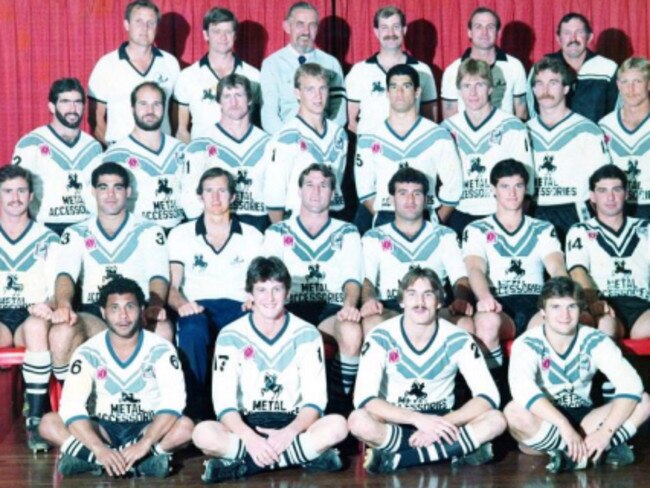
QRL chairman elect Bill Hunter warned that Wynnum might not be part of the 1986 premiership.
Club captain David Green succeeded Neville “Yogi” Brewer as club president, and the playing group voted against suing Wynnum, as bankruptcy could mean they would only recoup 10 cents in the dollar.
Lewis was asked by the players to stand as captain-coach, and he was duly appointed by the new committee.
The club was still around in 1986, thanks to a $400,000 loan guaranteed by the Brisbane Division.
Rival clubs cried preferential treatment. Easts president and noted businessman Ted Verrenkamp warned that the financial outlook for all clubs looked “bloody grim”.

Wests president Ron Raper said the Panthers had almost been forced to close their doors, because they could not pay a $16,000 Licensing Commission fee.
Brothers president Frank Melit boasted his club was strong financially, because of its professional administration and the fact player payments had been capped at $150,000.
“It pays to build up a diversity of incomes. If one falls down, you can pay attention to the others,”’ Melit said.
All the doom and gloom surrounding finances could not take the gloss off Bennett’s maiden premiership win, and he was destined for bigger things.
“Those eight years coaching in Brisbane were the making of me, because it was an apprenticeship where I made my mistakes, and there were many of them,” Bennett said.
“I’d lost two grand finals before nailing it in ‘85.”
The Broncos would make their debut in 1988 and Bennett would have to wait until 1992 to “nail” his first premiership with the new privately owned enterprise.

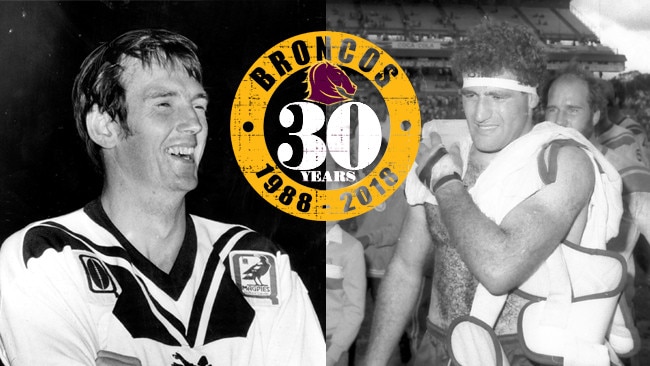
Add your comment to this story
To join the conversation, please log in. Don't have an account? Register
Join the conversation, you are commenting as Logout
The many stories behind Ezra Mam’s epic premiership tattoo
Ezra Mam has transformed his body into a canvas celebrating the Broncos’ premiership success, mapping his journey from Goodna junior to NRL Grand Final star. SEE IT HERE
Ex-Bronco Josh McGuire charged with strangulation, assault
Former Broncos, Cowboys and Queensland star Josh McGuire has been charged with one count each of strangulation and common assault.